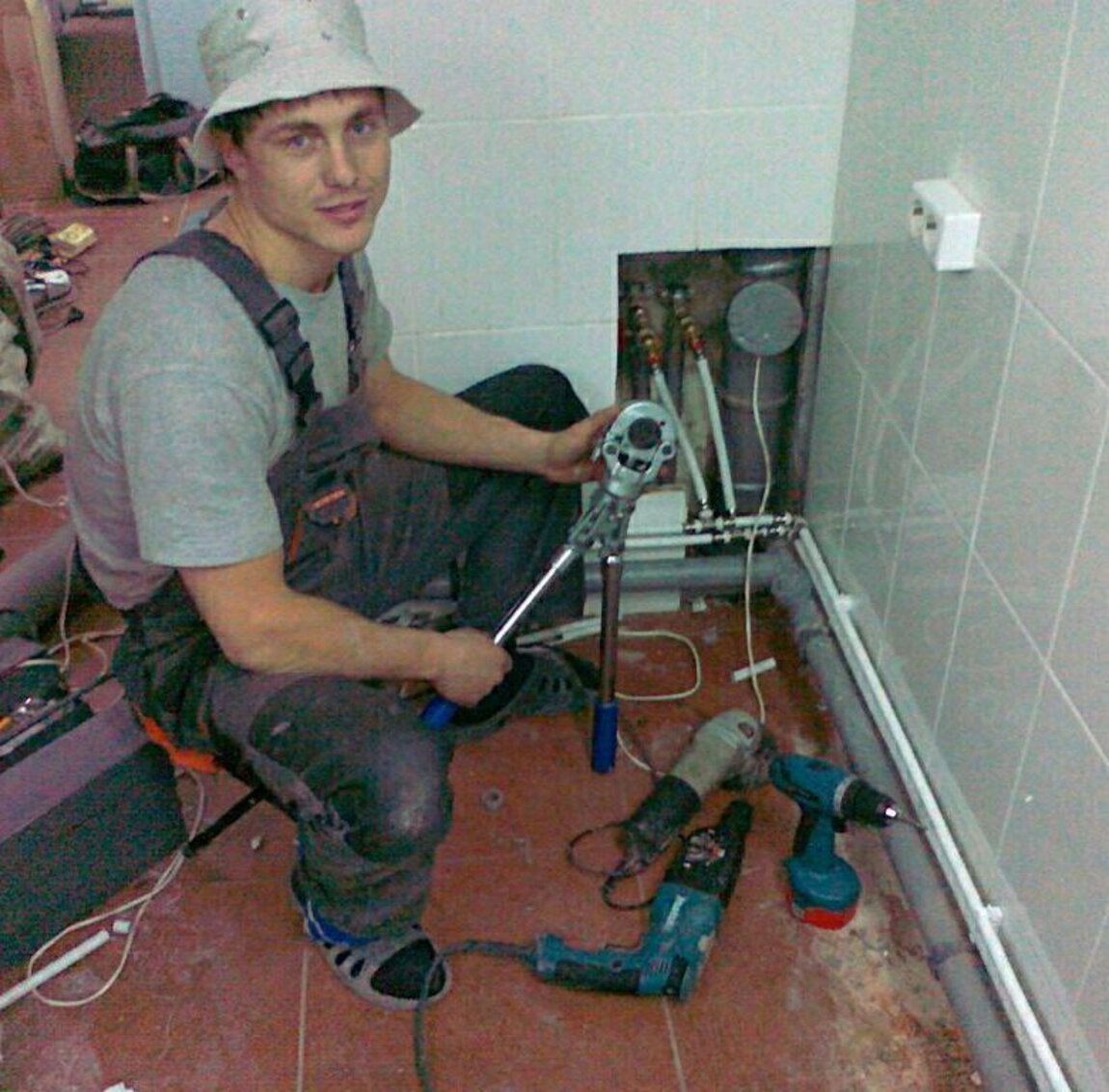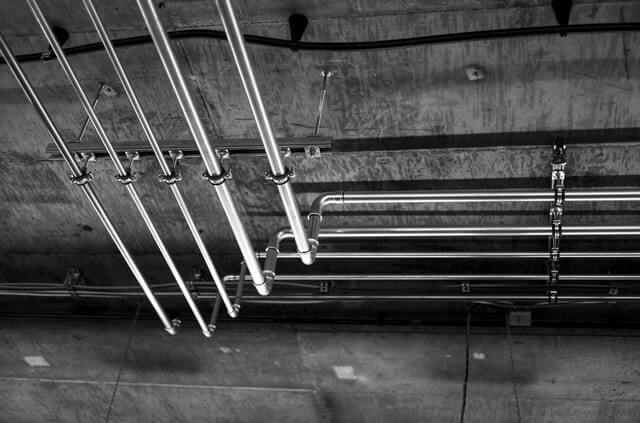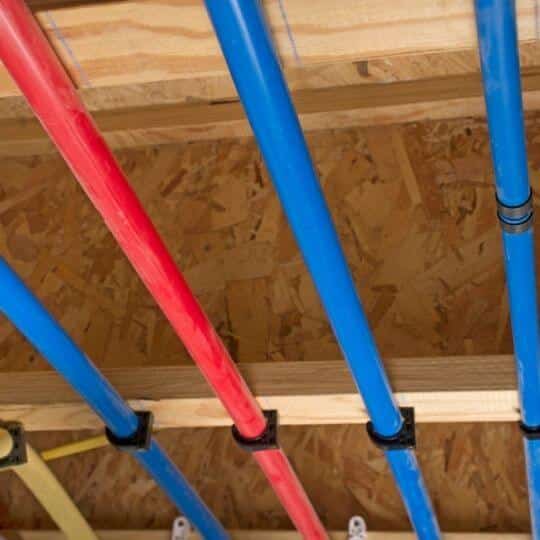Sump pump maintenance is important in keeping our basement safe from flooding. With many of the tips present, we’ve pulled out some of the most important ones. They are incredibly important and will result in better operation and health of the sump pump, which helps the entire home.
12 Sump Pump Maintenance Tips

Sump pumps have a lot of moving parts. On top of that, each sump pump has some external influences that need to be managed as well. These can come in the form of damaging effects such as weather and odd positioning or as something simpler. Regardless, we’ll cover a few important tips for keeping your entire sump pump working at top performance and without any risk of damage.
- Lubricate pump bearings
The manual of your sump pump should contain what lubricants the manufacturer recommends for their sump pump. A lubricant can be a key solution to damage from friction between the internal components of the sump pump.
Using proper lubrication is how to extend the longevity of the sump pump. Certain components may still need specific maintenance, but lubrication fluids will exponentially improve the sump pump’s overall health. The other methods mentioned here will help cover more specific issues and components of the device. [1]
- Clean sump pump inlet opening
The sump pump’s parts need to be properly cleaned to maintain the health of the whole pump. In addition, the inlet screen and opening will require constant care by us. The two are made to eliminate debris from entering the sump pump and causing damage. Together with a few maintenance tips we’ll mention below, this is one of the key ways to avoid internal damage to a sump pump.
Using a scrub brush is the easiest way to clean these elements. This tool can be used to eliminate debris stuck in the filter. Improving the efficiency of the sump pump and prolonging its lifespan.
- Clean the basin
The sump pump basin is a simple component of the sump pump that gathers all the water that pours into the basement into it. With the constant influx of water into this part, we have to consider its health. Sump pump basins are very important for a sump pump, keeping the whole pump operational through their simple functionality.
However, this functionality can be compromised and even harmful to the sump pump. The sump basin can accumulate debris that will enter the sump pump and cause damage to it. Making for a less reliable sump pump, and highly troublesome issues can stem from one. [3]
As you can imagine, pieces of rock or dirt getting directly into the sump pump can damage the device. Eventually, the sump pump can stop working completely because of the damage inflicted by an unclean sump basin.
- Inspect the check valve
A sump pump is meant to redirect water away from our household, but once it stops pumping, the remaining water will try and flow back into the house and end up in the sump basin. This will make the sump pump start working again, potentially regurgitating water repeatedly without any work being done. This constant back and forth of water will wear out the sump pump causing it to fail sooner.
The problem is dealt with by using a check valve. A check valve has the simple job of making the water flow only in one direction. The sump pump check valve will be placed in a discharge line, making any water that makes it into the pipe stay there. It’s important to our sump pump’s health and consistency, so keep it functional with consistent inspections.
- Survey the discharge location
The sump pump requires a discharge location for it to function properly. This discharge location can be anything from a drain to just plain dirt. The important part is that the location itself is properly capable of absorbing water with no issues rather than potentially allowing it to return to the household or reach the foundation.
After considerable rain or more devastating natural effects, checking up on the drainage area is fruitful. After all the disturbance, it’s possible to end up with issues despite the area working well before. This can be anything from shifting earth-leading water to our foundation to drains being put out of commission by natural disasters.
Regardless of the reason, an occasional check will keep us nice and safe from the discharge location not working for the sump pump.
- Float component
Another thing we should check on is the float. The float is what triggers the sump pump when water flows into the sump pit. This component needs to reach a certain water level before the sump pump starts working.
As you can imagine, the sump pump will not trigger without this component. That means water will keep flowing in, eventually flooding over the sump pit. Inspect the float and make sure it’s undamaged before conducting the usual sump pump test.
- Check for corrosion
Corrosion is a massive problem for sump pumps. This damage will crack through the components of the sump pump. Said cracks can quickly lead to water not being removed from the basement, even reaching a point where the entire sump pump is unable to function.
Corrosion can come from a lot of sources. It could be the materials found in the water, outside factors, or direct damage to the pipes. No matter the cause of this damage, we will need to take ample care if corrosion is a viable danger. Covering the materials with proper protection from corrosion will make sure to prevent a lot of troubles we’ll end up having later down the line.
- Know the details and functionality
Each sump pump is filled with details and specifics of its operation. Every sump pump has its own qualifiers of power and potency. Knowing them is key to properly maintain the sump pump, especially for some models that require special cleaning fluid. The most important aspects of your sump pump will be the material it has been made out of and its strength.
The details laid out above will help you support the sump pump easier. This goes for power generators it may require, as well as special cleaning protocols involved. If there is a certain design aspect that’s unique to it, we may need to change our entire approach to cleaning in order to accommodate it.
- Occasionally run the sump pump to test
Sump pumps are important for flood seasons or any time of year when our area could experience high water tables. But, unfortunately, the sump pump could break or degrade in power in between those seasons, making it paramount to confirm that it is still operational when the day we’ll need to run it comes.
The sump pump should be run occasionally as a way to check whether it still works properly. To check this, we do not need to do much. The act of checking the sump pump can be done by slowly pouring water into the basin and letting it work. We suggest keeping an eye out for the sump pump as it works through the water. It pays to have it checked if you spot anything off about the sump pump’s operation.
- Keep your discharge line clean
Like the discharge location, we must take care of our discharge lines. Their insides can easily get filled with debris from the water flowing through the pipes. They are commonly victims to minerals and dirt attaching to the walls of the pipe, which will eventually clog them up.
The worst thing that can happen is water cannot flow through the pipes. In that case, the overall quality of your experience with the sump pump will be rendered much worse. At its most extreme, the problem can result in the discharge pipe not working. The sump pump will have barely anything to send the water through as these pipes end up fully clogged.
- Get a backup source of electricity
As with many electrical devices, sump pumps can malfunction if exposed to a sudden cut of power constantly. To lessen the impact and frequency of this problem, we will need a backup power supply to help us.
Getting a backup can be done in a few different ways. A bigger generator that covers the entire house can be used, connecting the sump pump to it, taking a bit of effort, depending on its placement.
However, we can get a direct energy source into our sump pump with sump pump backup batteries specifically made for the device. They are smaller, easier to install, and require less maintenance. Gauge what level of consistency and support is required before purchasing any backup power supply.
- Find a professional to help with the sump pump
When you find problems with your sump pump, it’s important to find a professional capable of providing a good amount of help. Any amount of the checks mentioned above is to be performed first, but their goal is to prevent or diagnose problems rather than resolve them necessarily.
Finding a good professional to work through the problems of a sump pump. Looking for professionals in your area is made easy with the internet. Many great businesses that deal with sump pumps will have a presence online, making them easy to contact.

Michael Davis is a heating & plumbing expert who currently works as independent contractor in SC. He also writes for Plumbertip.
For almost 10 years he worked on various plumbing tasks across South Carolina.


